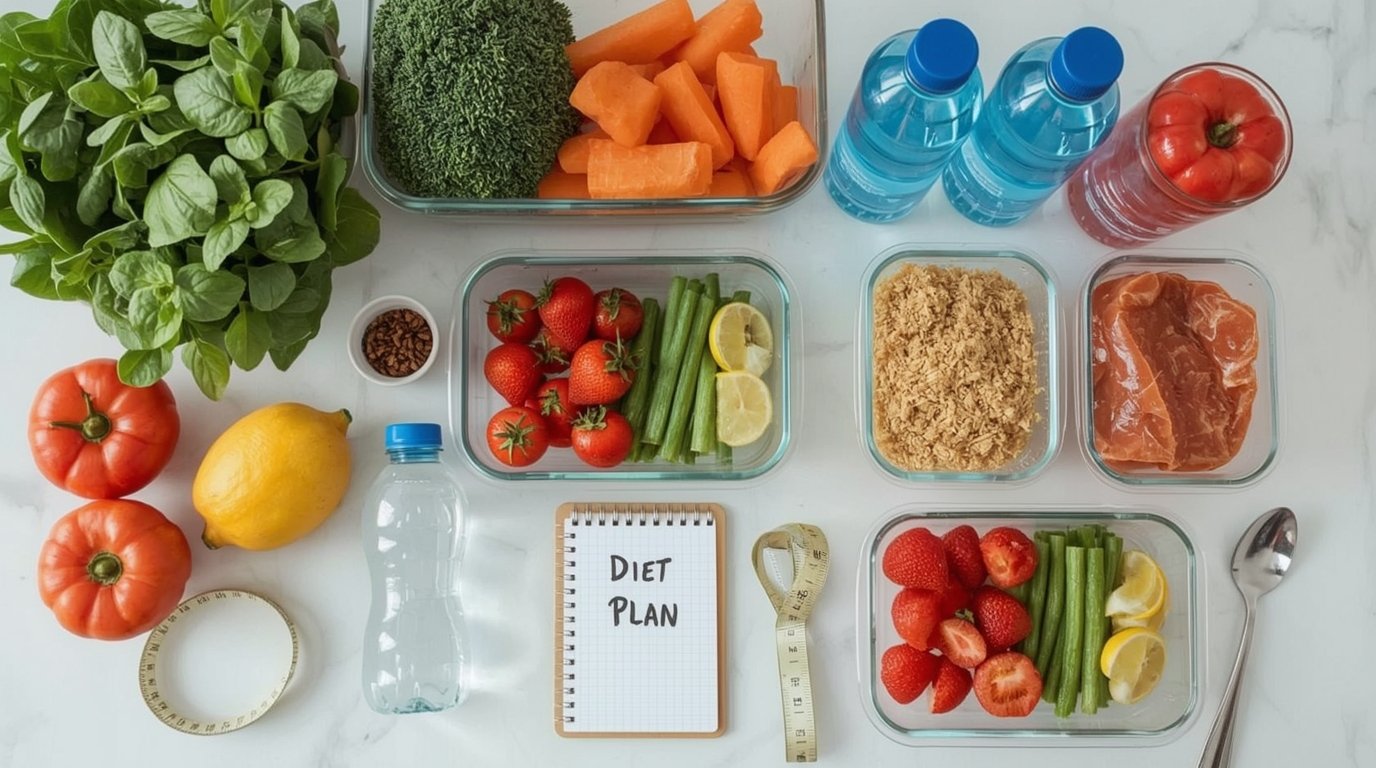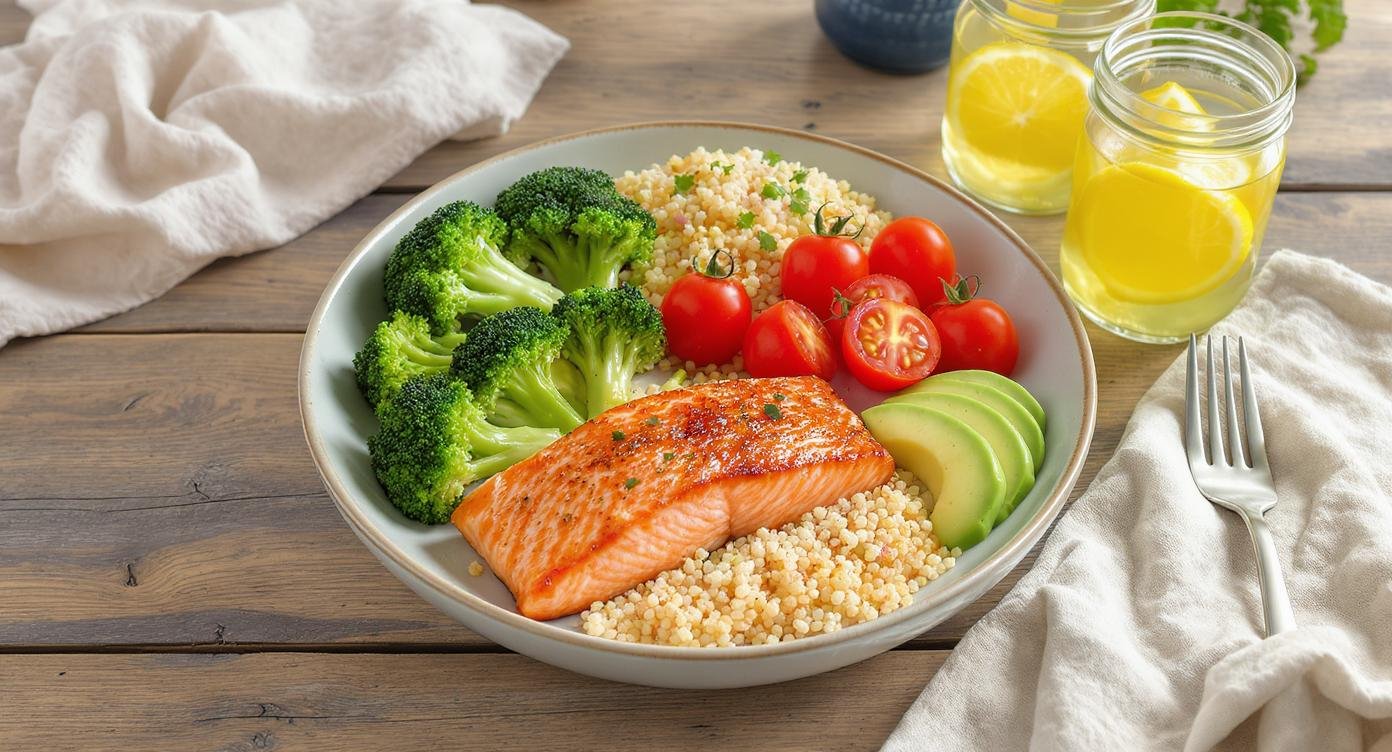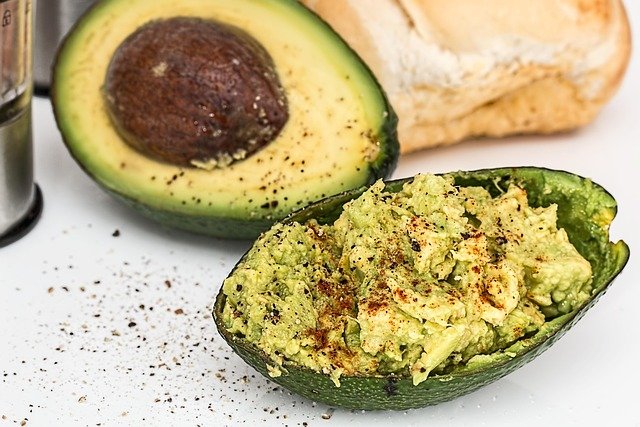Dieting for Children in today’s world, childhood obesity is becoming an increasingly alarming issue. With the abundance of processed snacks, sugary beverages, and sedentary screen time, many children are facing health problems typically seen in adults. Overweight children often struggle not just physically, but emotionally and socially as well. They may be less active, face bullying or low self-esteem, and be at risk for long-term complications like diabetes or high blood pressure.
As a parent or guardian, your role is crucial in guiding your child toward a healthier lifestyle, not by forcing harsh diets, but by helping them form lasting habits that support their growth and well-being.
Below is a step-by-step guide Dieting for Children with actionable tips to help your child develop healthy eating and exercise habits.
🩺 Step 1: Consult a Pediatrician First
- Why it’s important: Before making any changes to your child’s diet or activity level, it’s essential to consult with their doctor.
- What the doctor does: They will evaluate your child’s weight, height, BMI percentile, growth rate, and any underlying conditions that might affect weight loss.
- Customized advice: The pediatrician can recommend age-appropriate strategies and may refer you to a nutritionist for tailored meal planning.
- Avoids guesswork: Rather than experimenting with drastic changes, a medical professional will ensure your child’s health remains the top priority.
🍎 Step 2: Redefine Food, It’s Not a Reward or Punishment
- Avoid emotional attachments to food: Don’t use dessert as a bribe or vegetables as a punishment.
- Focus on nourishment: Teach your child that food is fuel for energy, growth, and fun not a way to cope with emotions.
- Set a positive tone: Use encouraging language. For example: “Let’s eat something that helps our bodies feel strong today.”
- Create food neutrality: All foods serve a purpose, but some are meant for “sometimes,” while others are for “anytime.”
🛒 Step 3: Clean Out the Pantry, Control the Environment (Dieting for Children)
- Out of sight, out of mind: Children can’t eat what isn’t available. Eliminate chips, sodas, and sugary cereals from the home.
- Replace with better options: Stock the kitchen with fresh fruits, air-popped popcorn, yogurt, carrot sticks, and hummus.
- Limit buying “trigger” foods: Reduce the temptation for both your child and yourself.
- Make healthy eating the easy choice: Prepare ready-to-go snacks in the fridge and pack healthy lunchboxes.
📦 Step 4: Pack Lunches and Monitor Portions
- Why this matters: School cafeterias often serve highly processed foods, or your child might trade or buy junk snacks from vending machines.
- Take control: Pack your child’s lunch with a balance of protein, whole grains, vegetables, and fruit.
- Portion awareness: Use divided containers or bento boxes to maintain reasonable serving sizes.
- Make it fun: Use cookie cutters for sandwich shapes or colorful fruits to make healthy meals more visually appealing.

🥤 Step 5: Eliminate Sugary Drinks, Water Is the Key (Dieting for Children)
- Biggest culprit: Sodas, juice boxes, and flavored milks contain huge amounts of sugar and calories.
- Introduce water gradually: Add slices of lemon, berries, or cucumber for flavor.
- Be the example: If you drink water often, your child is more likely to follow suit.
- Hydration and fullness: Water helps children feel full longer and supports digestion and skin health.
🏃 Step 6: Prioritize Movement and Playtime
- Physical activity matters: Exercise doesn’t have to mean gym workouts. Movement can be fun and spontaneous.
- Involve the whole family about Dieting for Children:
- Take evening walks.
- Play tag or soccer in the yard.
- Dance to music while doing chores.
- Reduce screen time: Set limits on video games and TV, replacing that time with active hobbies like biking or swimming.
- Track steps: Consider getting a kids’ fitness tracker to gamify movement goals. (Dieting for Children)
🍦 Step 7: Allow Treats In Moderation (Dieting for Children)
- Total restriction leads to rebellion: Instead of banning all sweets, allow controlled indulgence.
- Schedule a “treat day”: Maybe Fridays are ice cream nights,but with portion awareness.
- Look for alternatives:
- Low-sugar frozen yogurt
- Baked sweet potato fries
- Dark chocolate squares
- Teach mindful eating: Let them enjoy each bite rather than rushing through a treat unconsciously.
🧠 Step 8: Boost Self-Esteem, Support Without Shame (Dieting for Children)
- Avoid criticism: Never call your child “fat” or make them feel guilty for their weight.
- Praise effort, not outcome: Celebrate when they try new vegetables or complete a nature walk, not just when the scale moves.
- Listen to their feelings: Let them express frustrations or insecurities. Remind them their worth isn’t defined by appearance.
- Body-positive messages: Expose them to media and role models who promote confidence at all sizes.
🧺 Step 9: Get Involved, You’re Their Role Model (Dieting for Children)
- Lead by example:
- Eat the same healthy meals.
- Exercise together.
- Avoid negative body talk about yourself in front of them.
- Make it a family mission: Instead of singling out your child, let everyone improve their health together.
- Shared experiences: Cook meals as a family. Plan active weekend outings. Turn dieting into bonding.
🎓 Step 10: Consider Professional Support if Needed
- Weight loss camps: These can help children 7–19 build fitness skills, nutritional knowledge, and confidence in a fun, supportive environment.
- Therapy and coaching: If your child struggles with emotional eating or bullying, therapy may help develop coping mechanisms.
- Community programs: Look into YMCA programs, school wellness events, or online support forums for kids. (Dieting for Children)
dieting and fitness
🧾 Final Thoughts about Dieting for Children: Long-Term Health Over Short-Term Weight
Helping your child develop healthy habits is a gift that will last them a lifetime. This isn’t about dieting in the traditional sense, it’s about choosing better options and building habits that support their development, growth, and emotional well-being.
Every small change makes a difference.
✅ Related Products on Temu to Support a Healthy Journey for Kids
Affordable and fun tools to support your child’s fitness and nutrition goals:
- 🥗 Kids’ Bento Lunch Boxes – Compartmentalized containers to teach portion control in a fun, mess-free way.
- 🚶 Children’s Fitness Tracker – Track steps and encourage active movement with colorful bands and game-like challenges.
- 🍎 Fruit & Veggie Cutter Shapes – Make healthy snacks fun with shapes like stars, hearts, and animals.
- 💧 Cute Reusable Water Bottles – BPA-free bottles with fun cartoon characters to promote water over juice.
- 🏸 Outdoor Sports Kits for Kids – Includes jump ropes, frisbees, and rackets for engaging, screen-free play.












